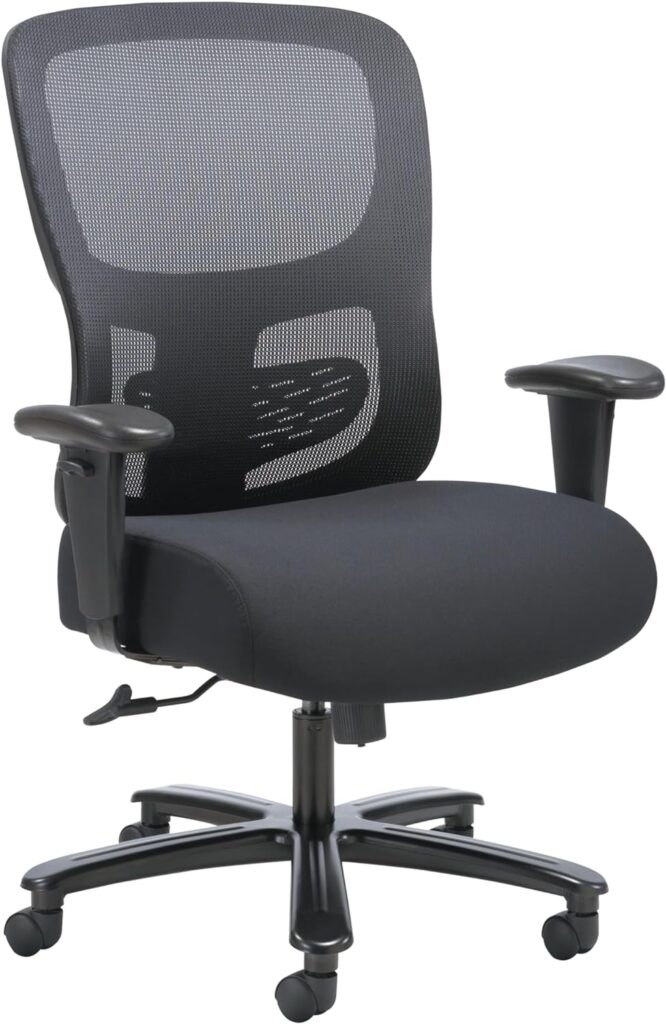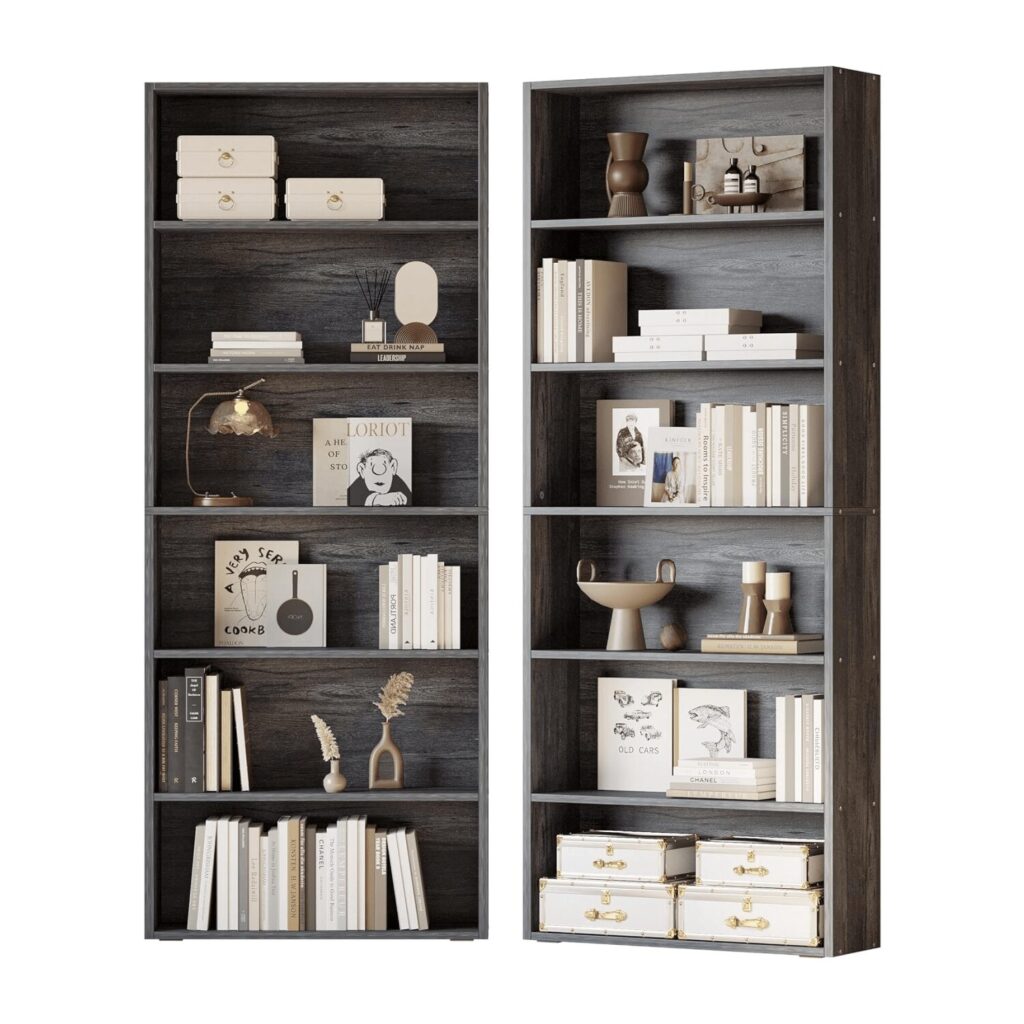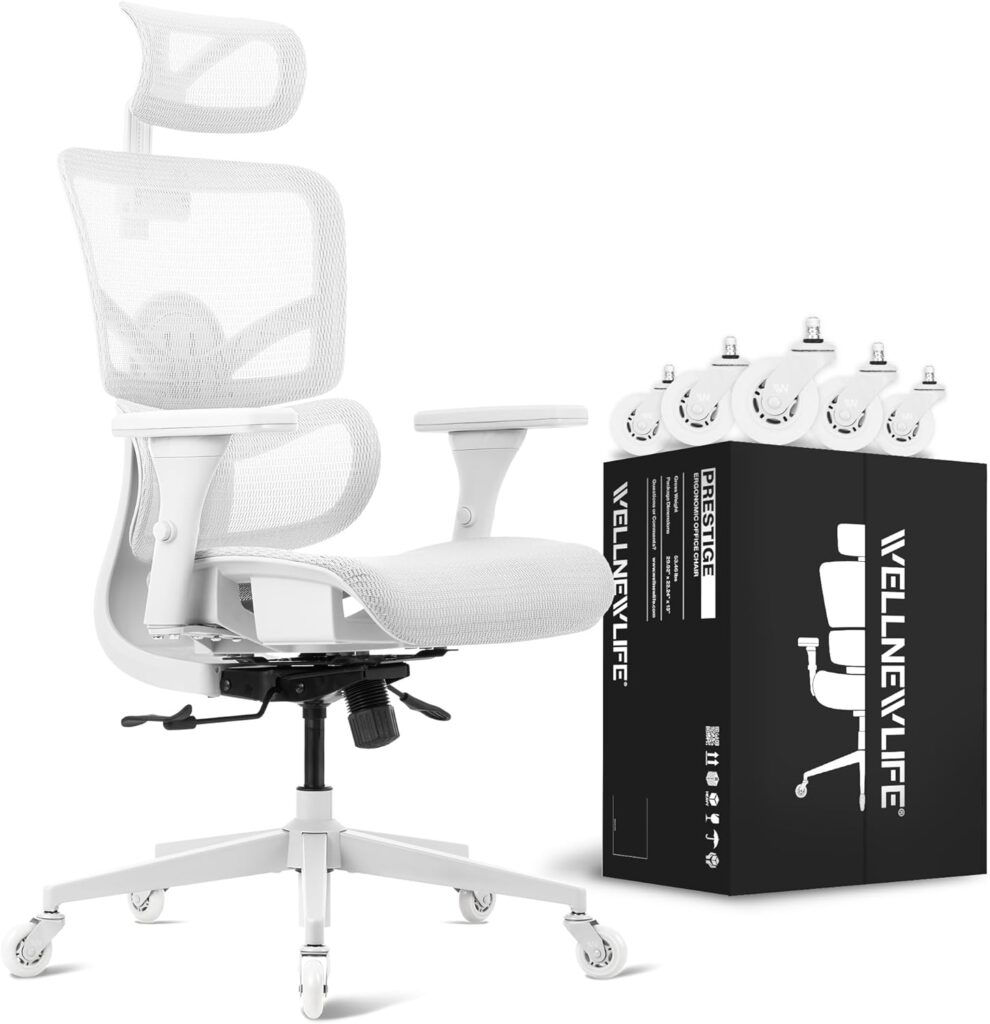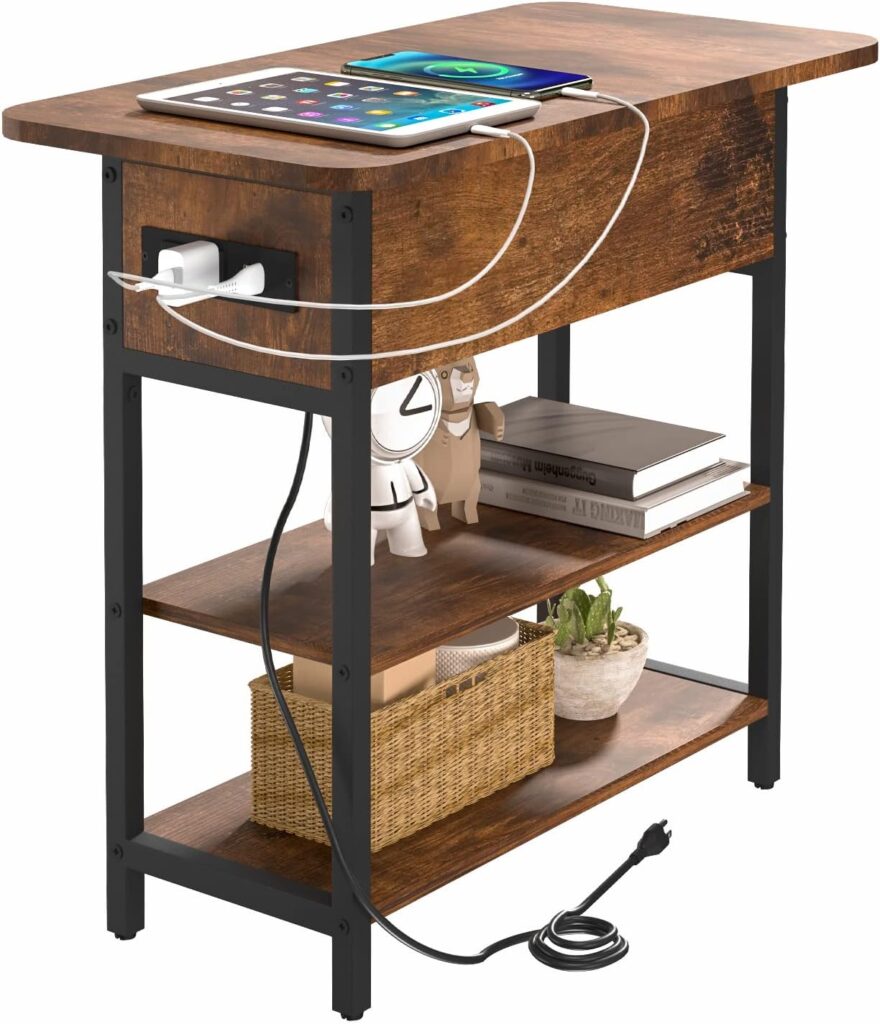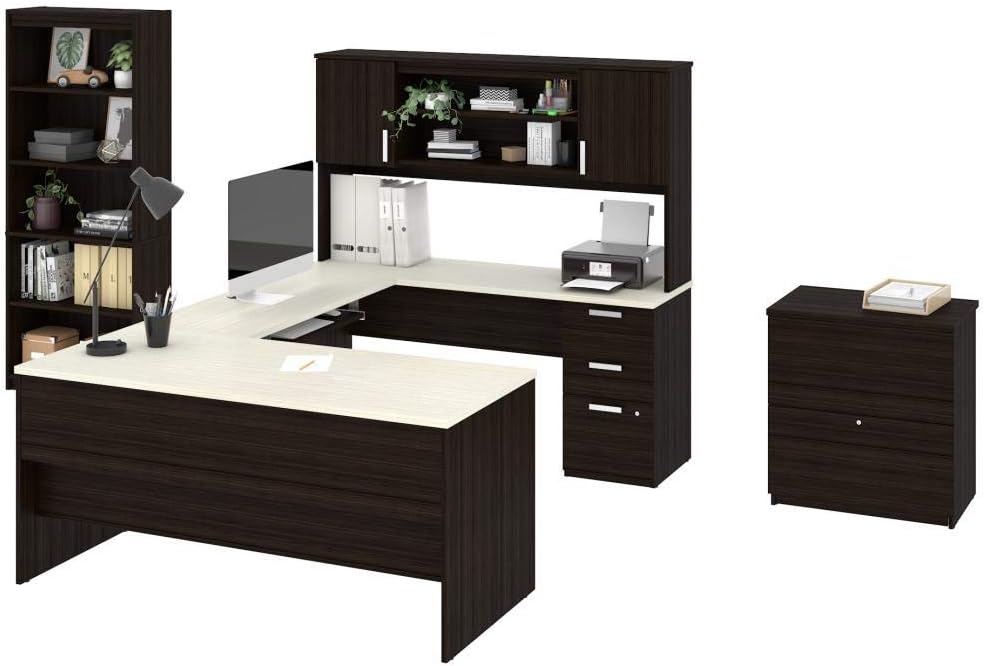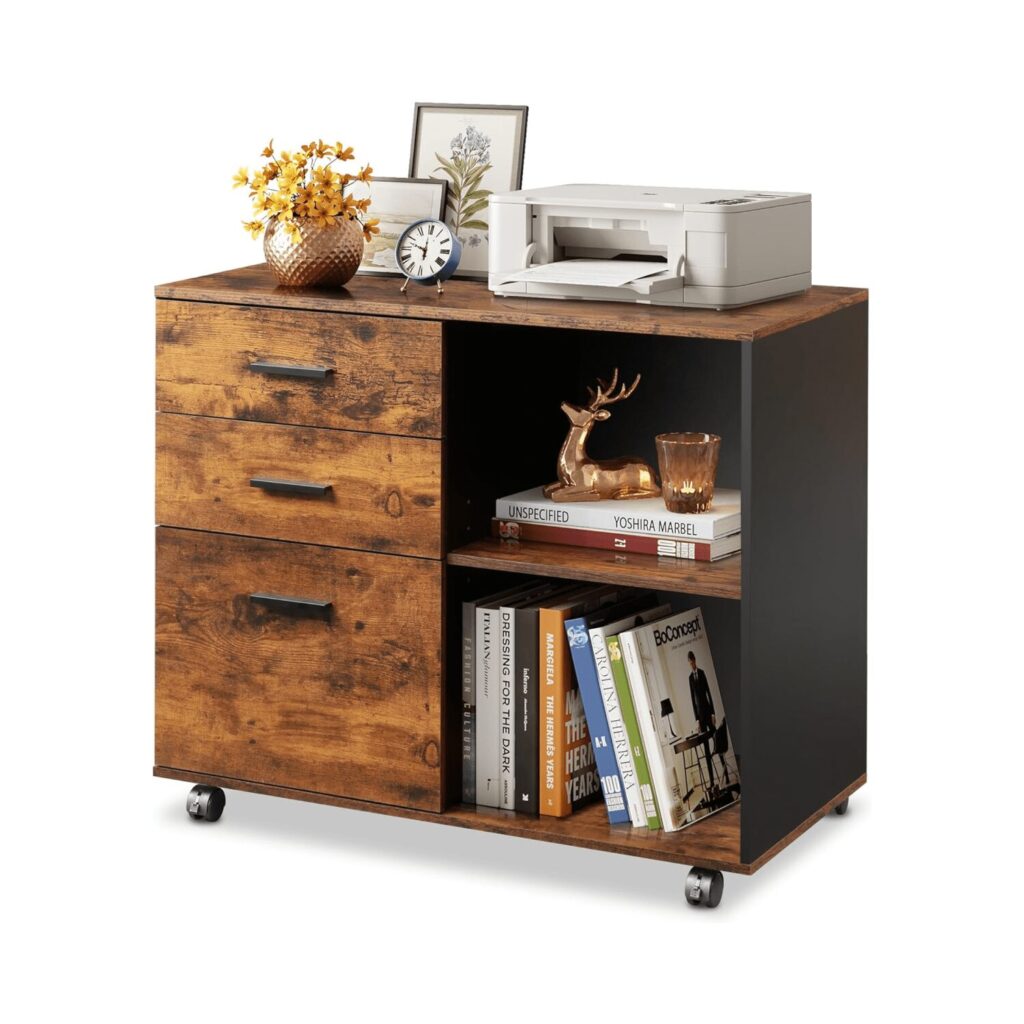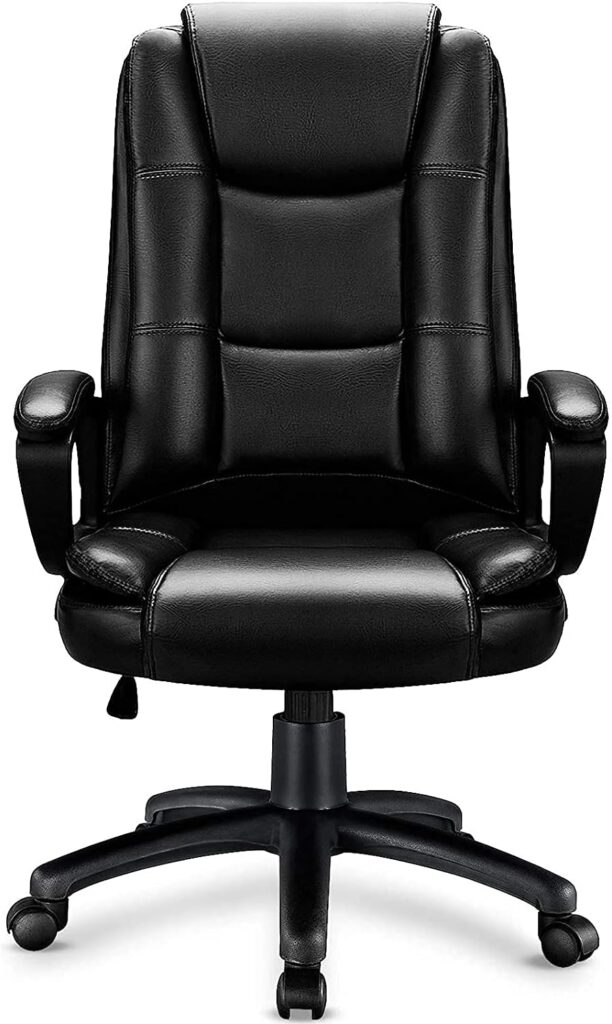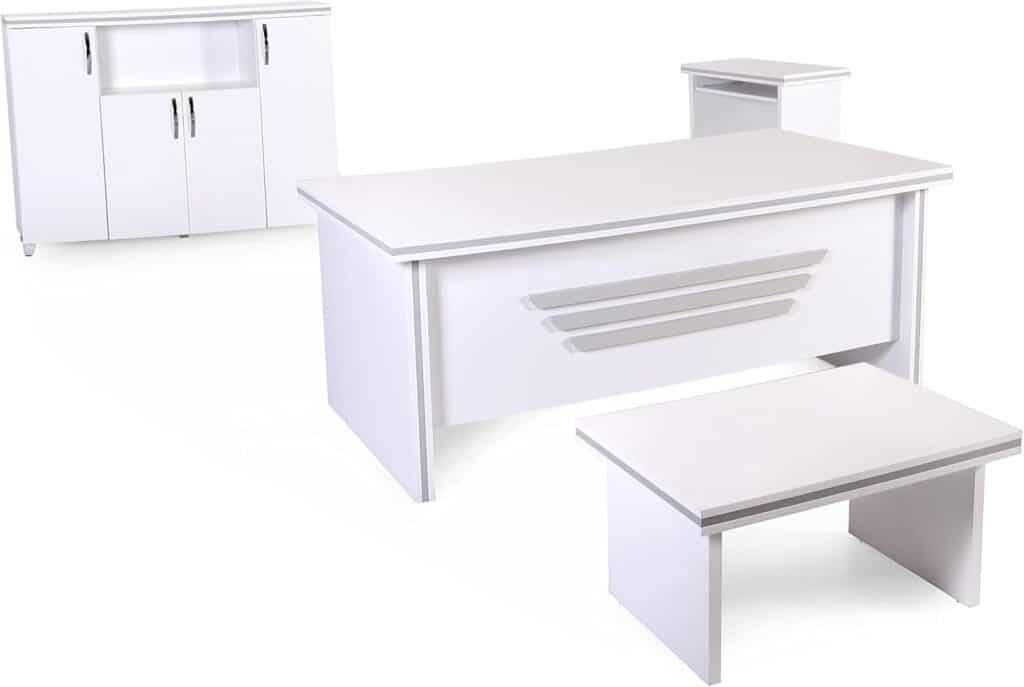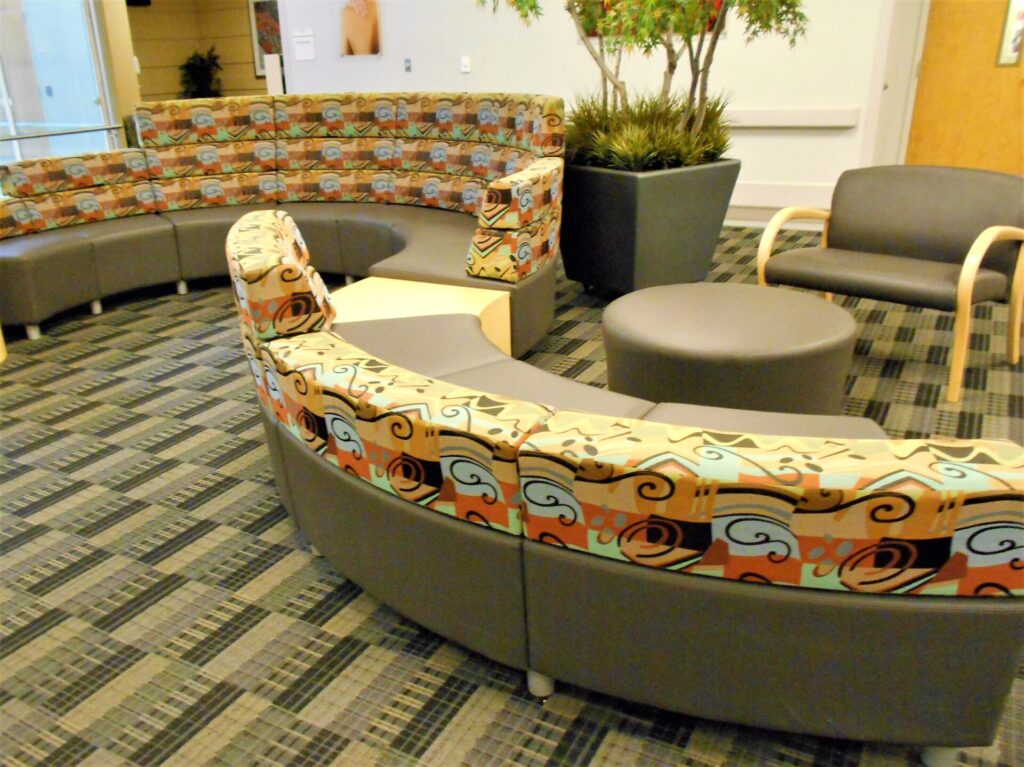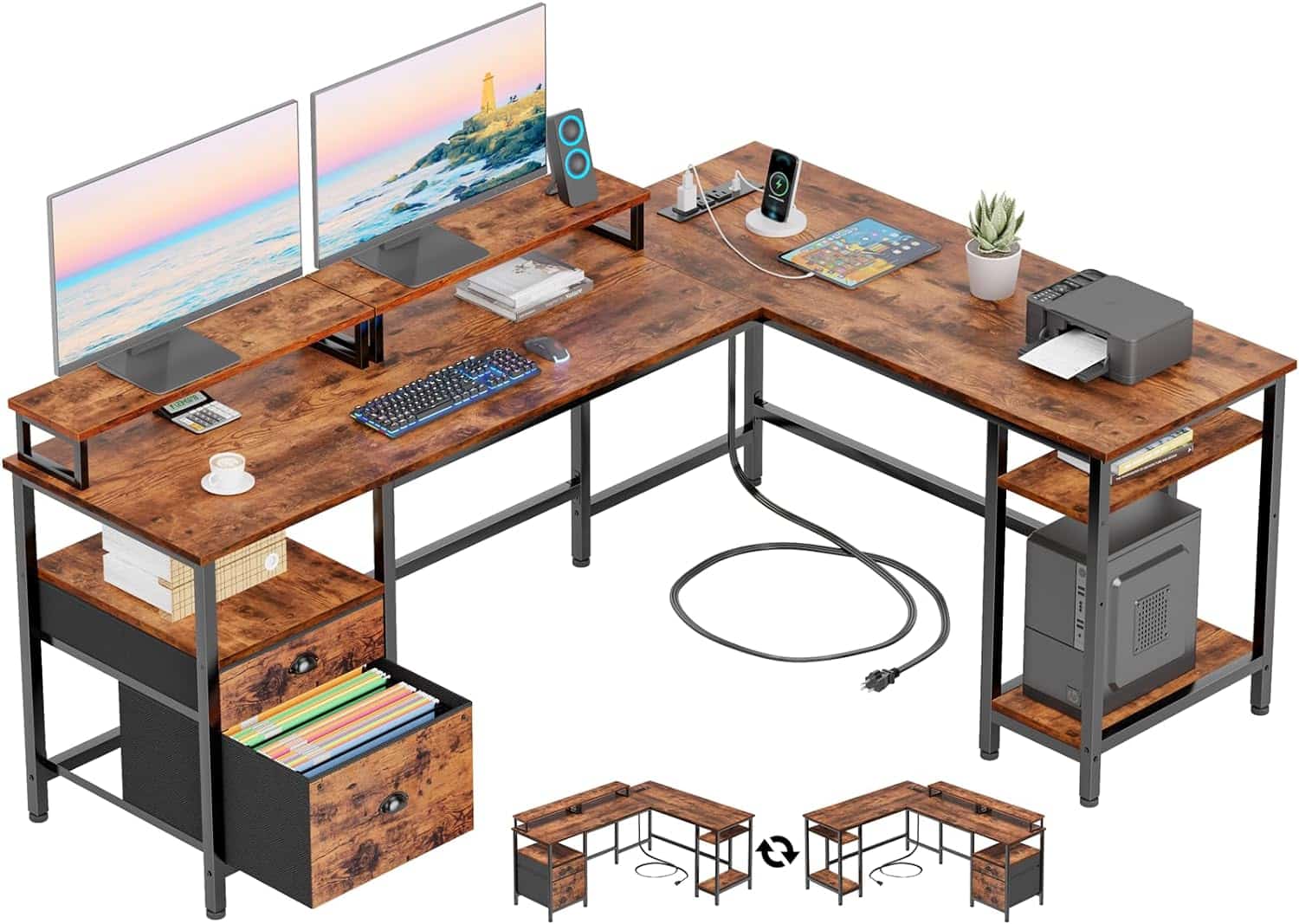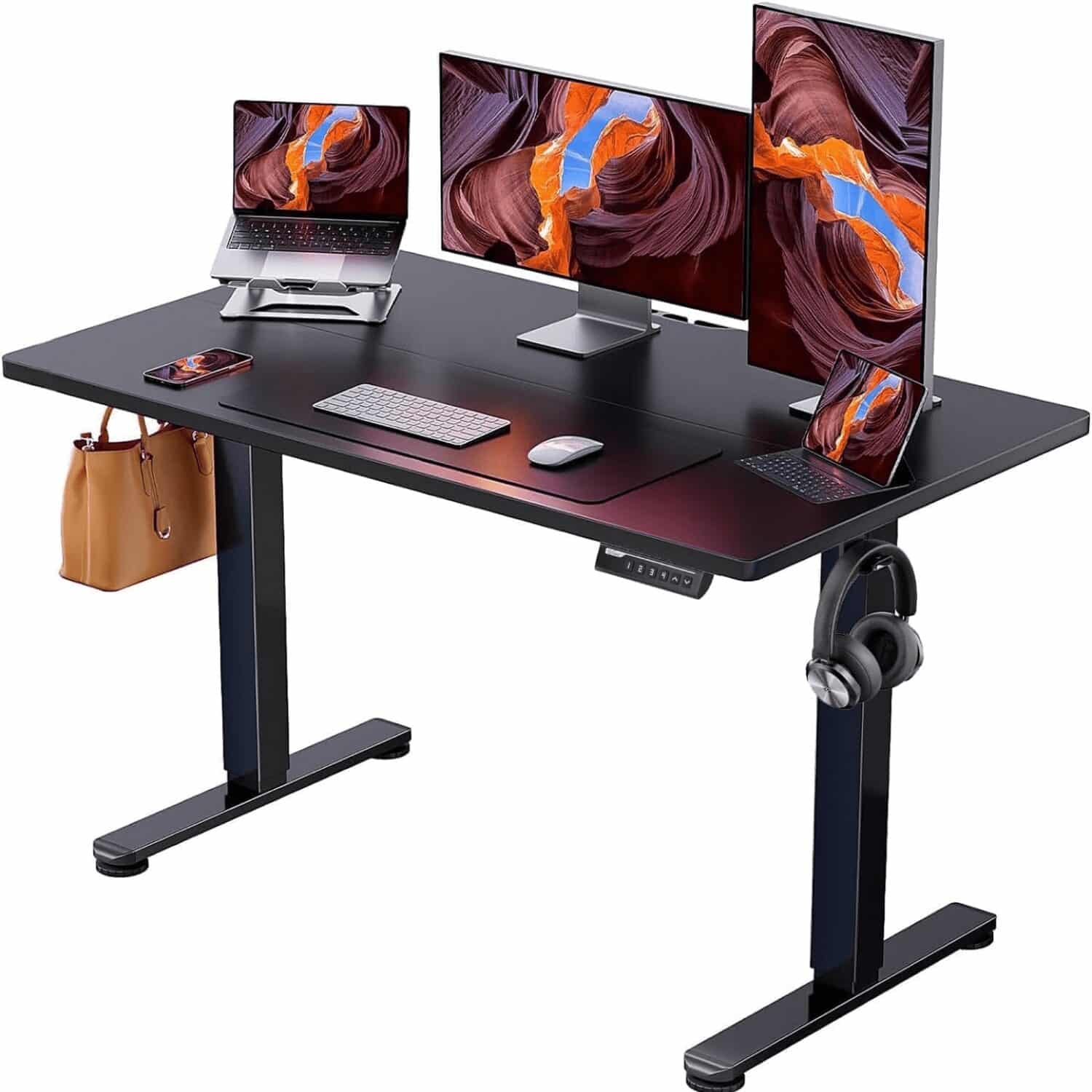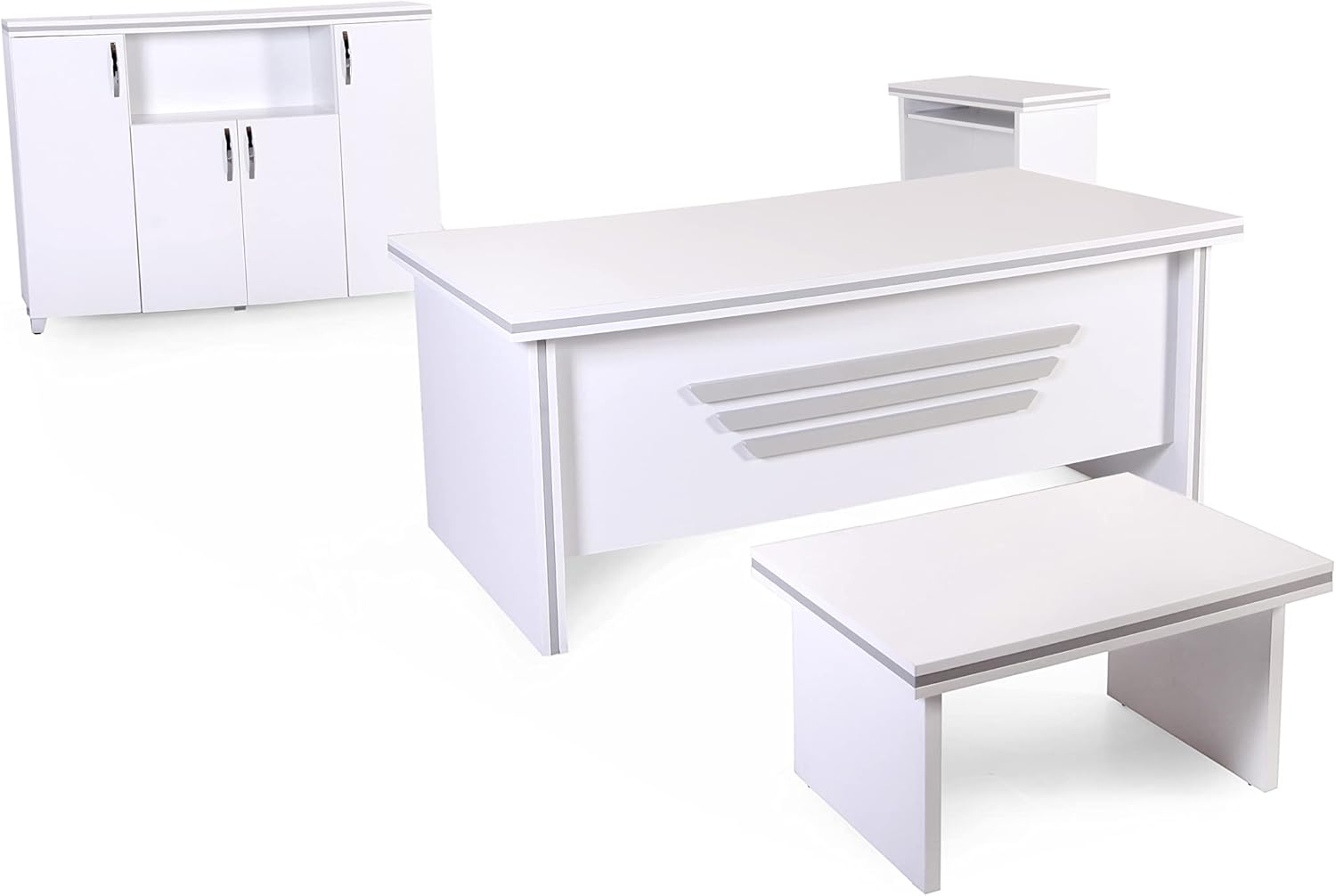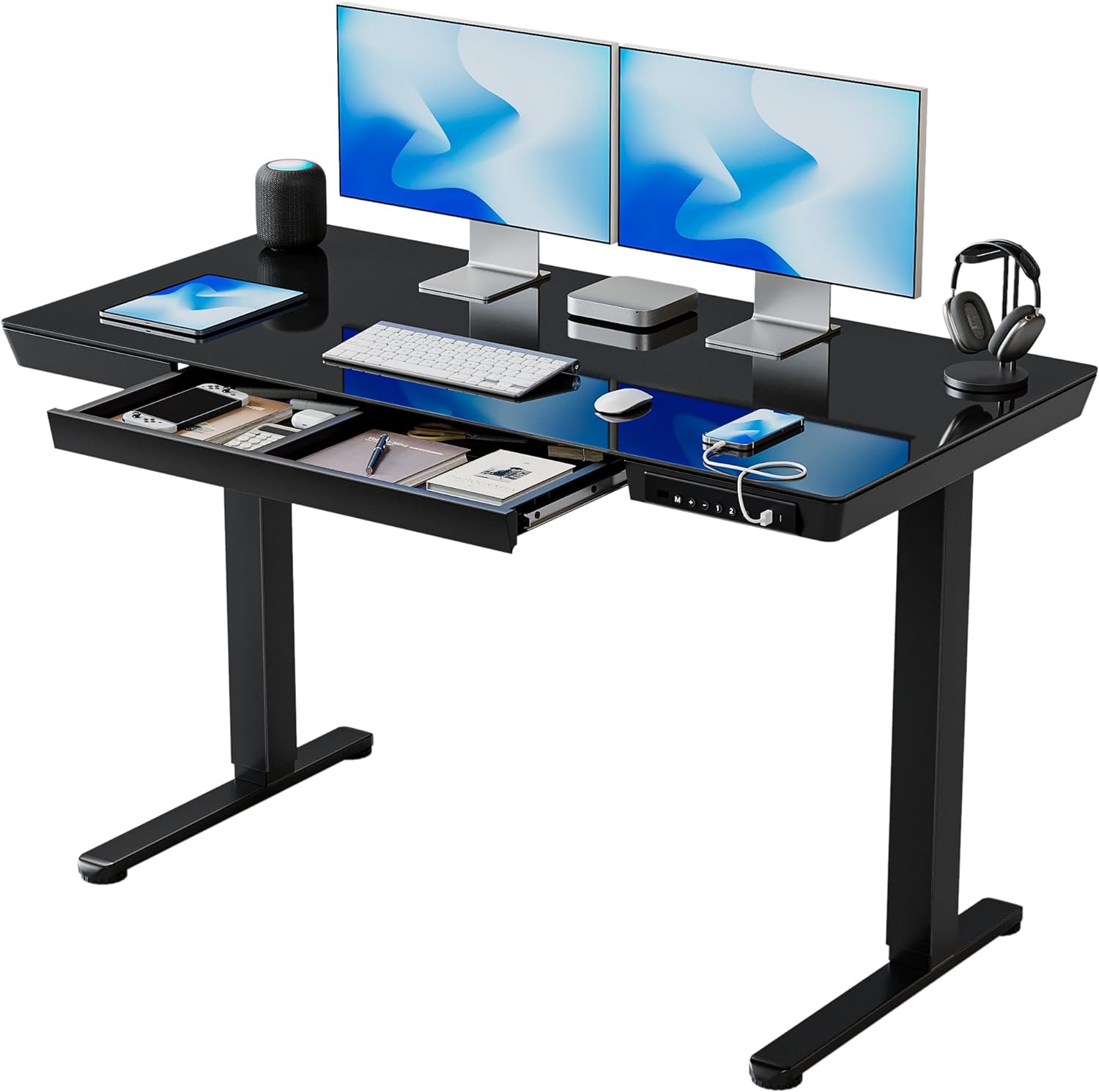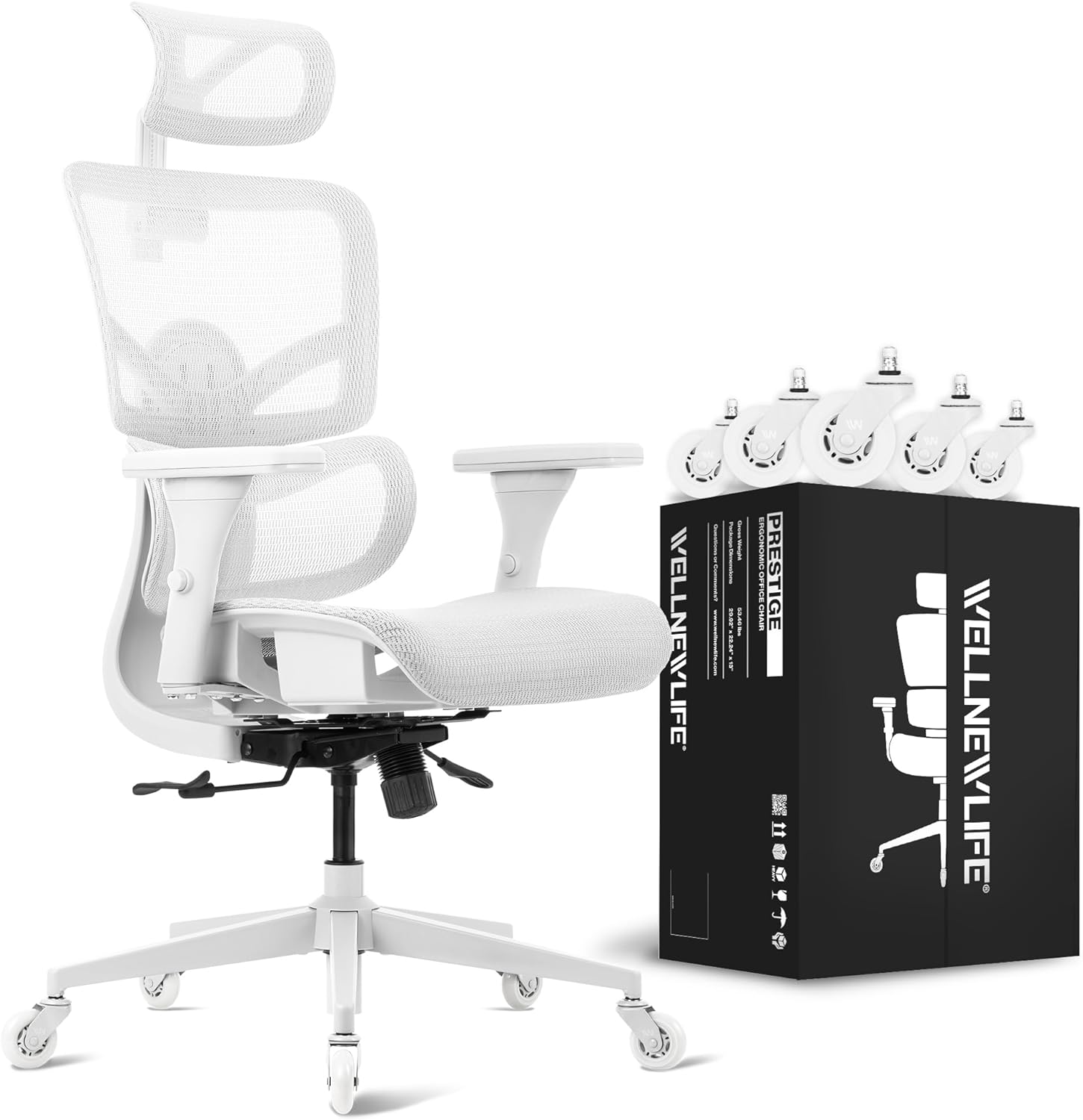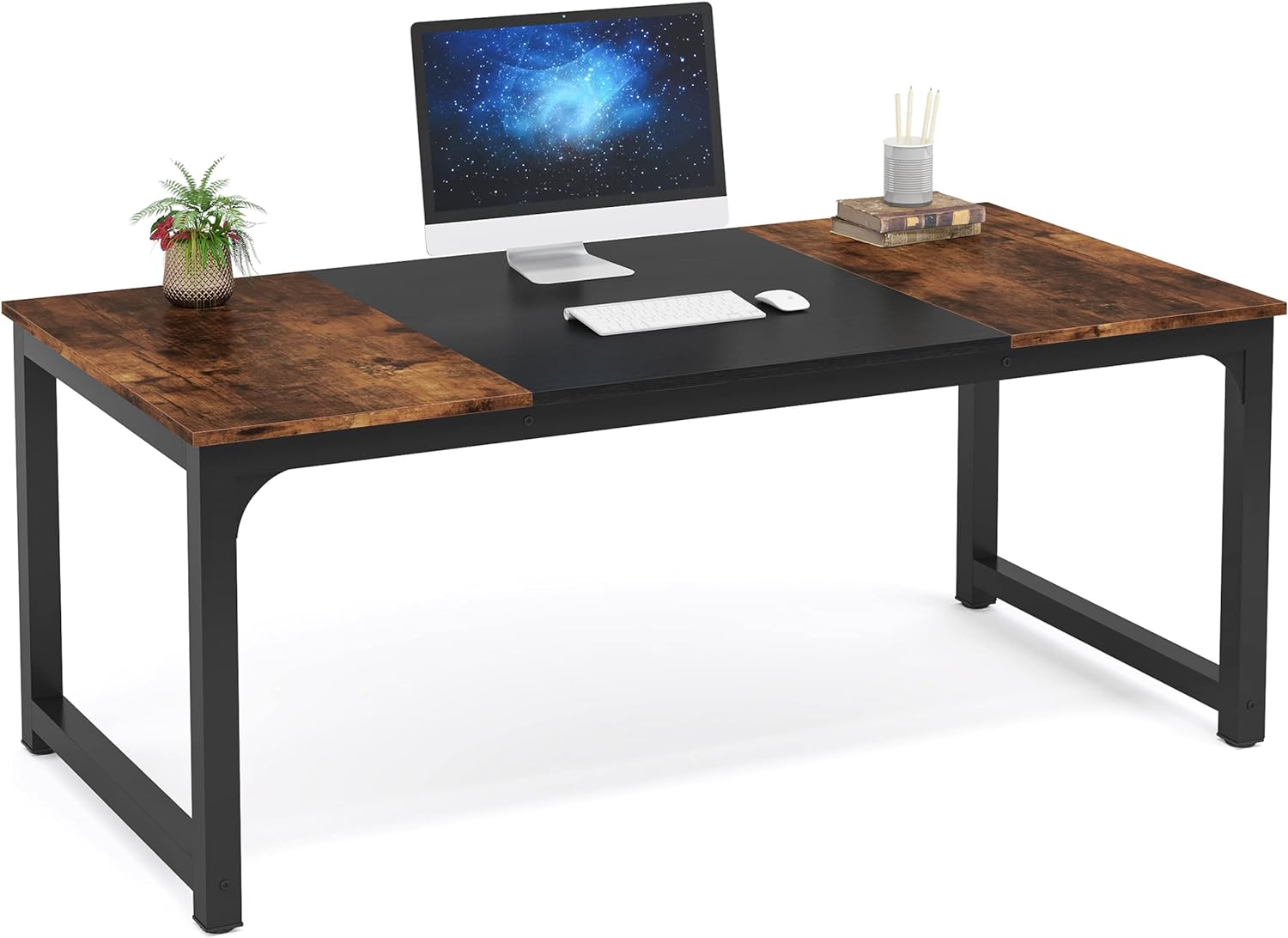When you step into your office, be it at home office or at your workplace, what do you see? A chair that leaves your back sore after an hour? A desk that feels too high or too low? If so, it might be time to consider ergonomic office furniture. This comprehensive guide takes you through the ins and outs of ergonomic office furniture, defining what it is and explaining why it’s an essential investment for any workspace.
So, What is Ergonomic Office Furniture?
In its simplest form, ergonomic office furniture is designed with the human body and its functionality in mind. It aims to create a comfortable and productive workspace by reducing physical stress and strain, improving posture, and preventing repetitive strain injuries.
Ergonomic furniture spans the whole range of office essentials, including chairs, desks, keyboards, monitor stands, footrests, and even lighting. Each piece of ergonomic furniture works to ensure that your body remains in the most natural and healthy position during your working hours.
Why Do You Need Ergonomic Furniture?
Sitting at a desk for eight hours a day can take a toll on your body if your workspace isn’t set up correctly. Common ailments associated with poorly designed workspaces include back and neck pain, carpal tunnel syndrome, and eye strain, all of which can reduce your overall productivity.
That’s where ergonomic office furniture comes in. It provides the support your body needs, minimizes discomfort, and promotes better overall health. When you’re comfortable, you’re naturally more productive, focused, and engaged with your work. That’s a win for you and your employer.
Key Features of Ergonomic Office Furniture
Ergonomic Chairs
An ergonomic chair is adjustable in height, backrest angle, and armrest height and width. It supports your lower back (lumbar region) and promotes good posture.
Ergonomic Desks
These desks are often adjustable in height to cater to both sitting and standing positions. They provide enough space for your legs and accommodate your specific task requirements, such as space for drawing or double monitors.
Keyboard and Mouse
Ergonomic keyboards and mice are designed to keep your hands and wrists in a natural position, reducing the risk of strain or carpal tunnel syndrome. They might include features like a split design or padded wrist rests.
Monitor Stands
These stands bring your computer monitor to eye level, preventing you from bending your neck unnaturally and causing strain.
Lighting
Ergonomic lighting minimizes glare and shadows, reducing eye strain.
Footrests
These help to maintain a comfortable sitting position, particularly if your feet don’t rest flat on the floor when you’re sitting at your desk.
Investing in Ergonomic Furniture
While ergonomic furniture might seem like a big investment upfront, the long-term benefits significantly outweigh the costs. By creating a workspace that’s comfortable and health-focused, you’re investing not only in your immediate comfort but also in your future well-being and productivity.
In summary, ergonomic office furniture is not just a fad. It’s a significant step toward creating a healthy, productive, and comfortable work environment. As the lines between work and home become more blurred, it’s crucial to prioritize your health, wherever you’re working.
So, take a good look at your office setup and see where ergonomic furniture could make a difference in your daily life. Trust us, your body will thank you.
You may be interested to read: Herman Miller Aeron Review: 50 Convincing Reviews of the Herman Miller Aeron Ergonomic Chair

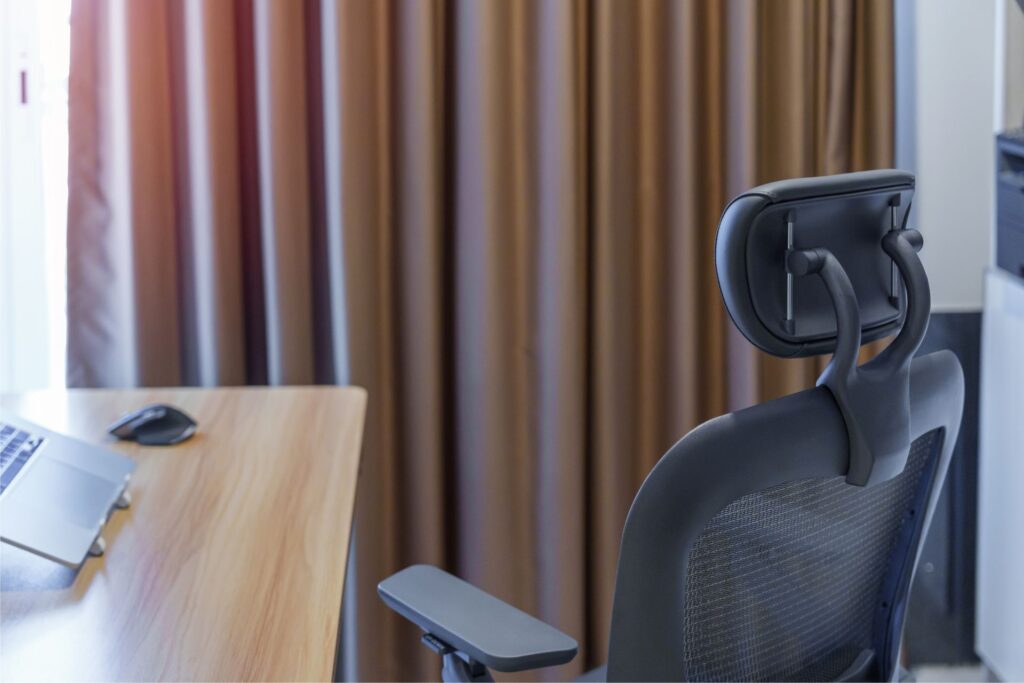
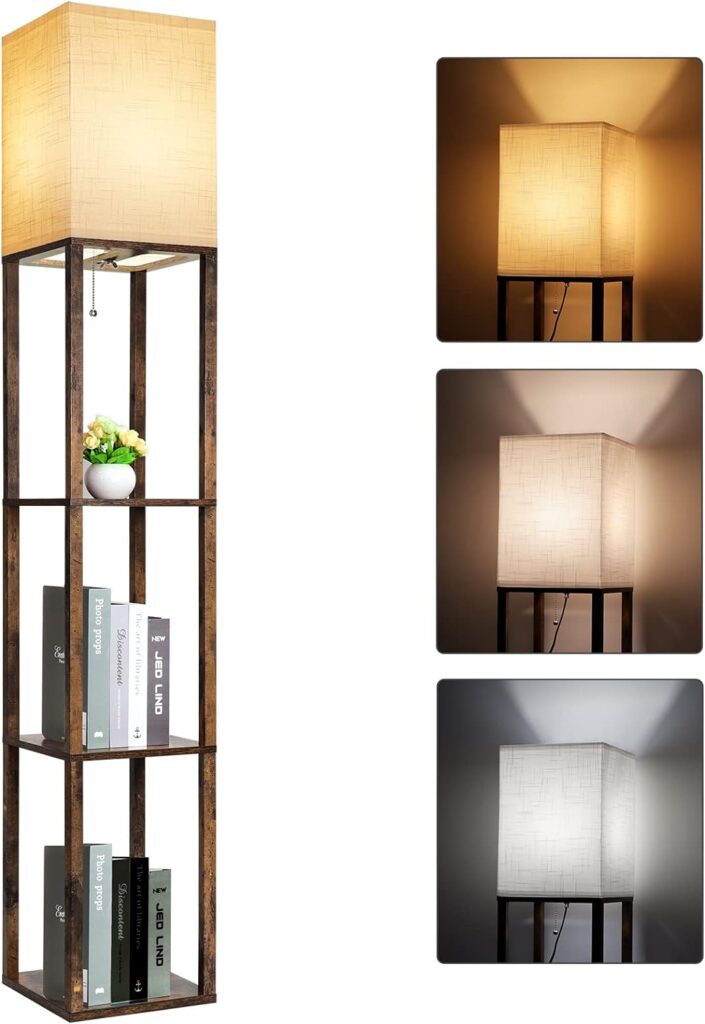
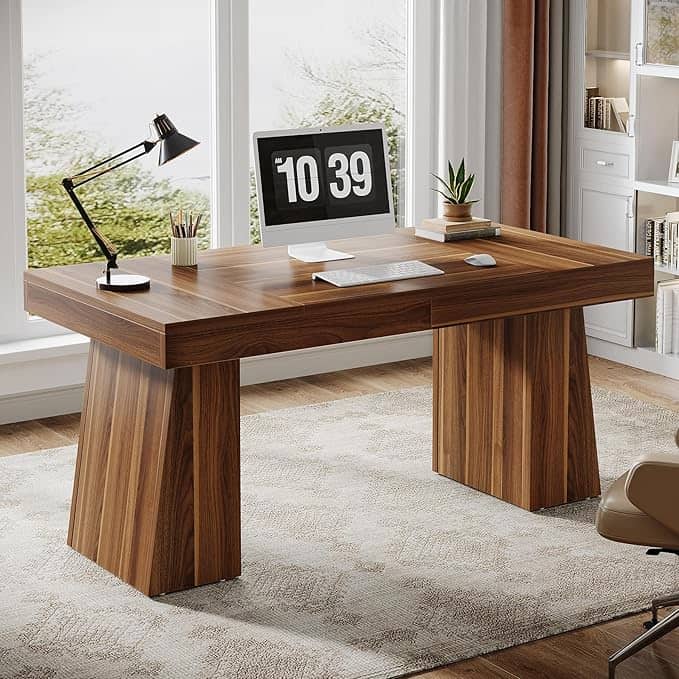
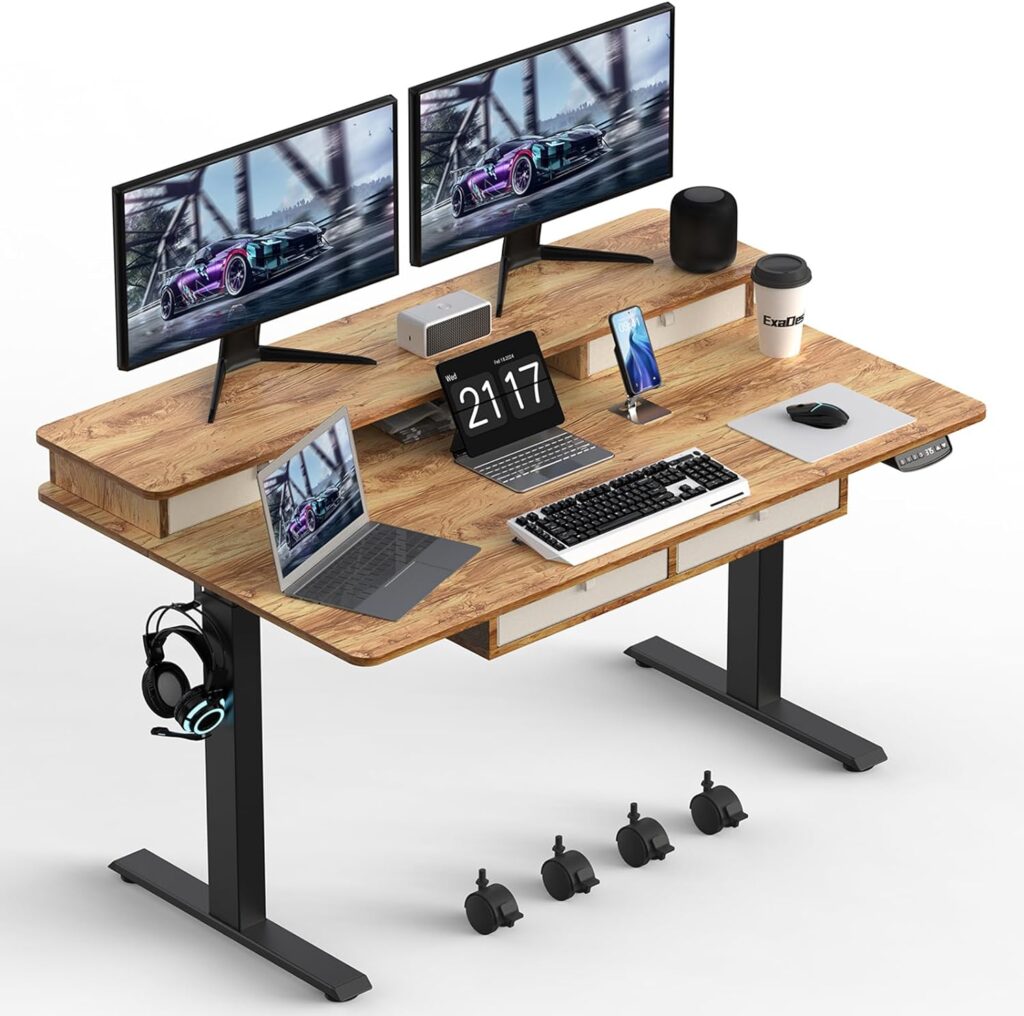
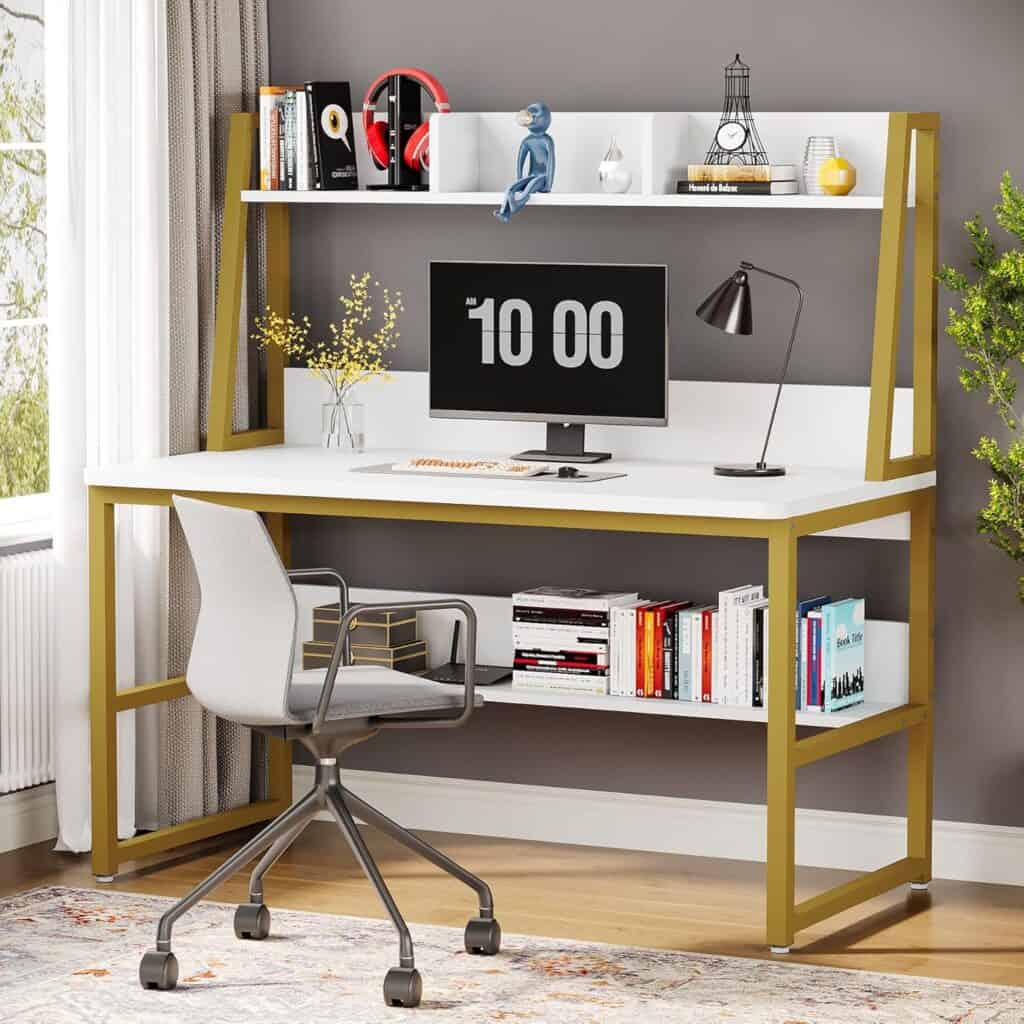

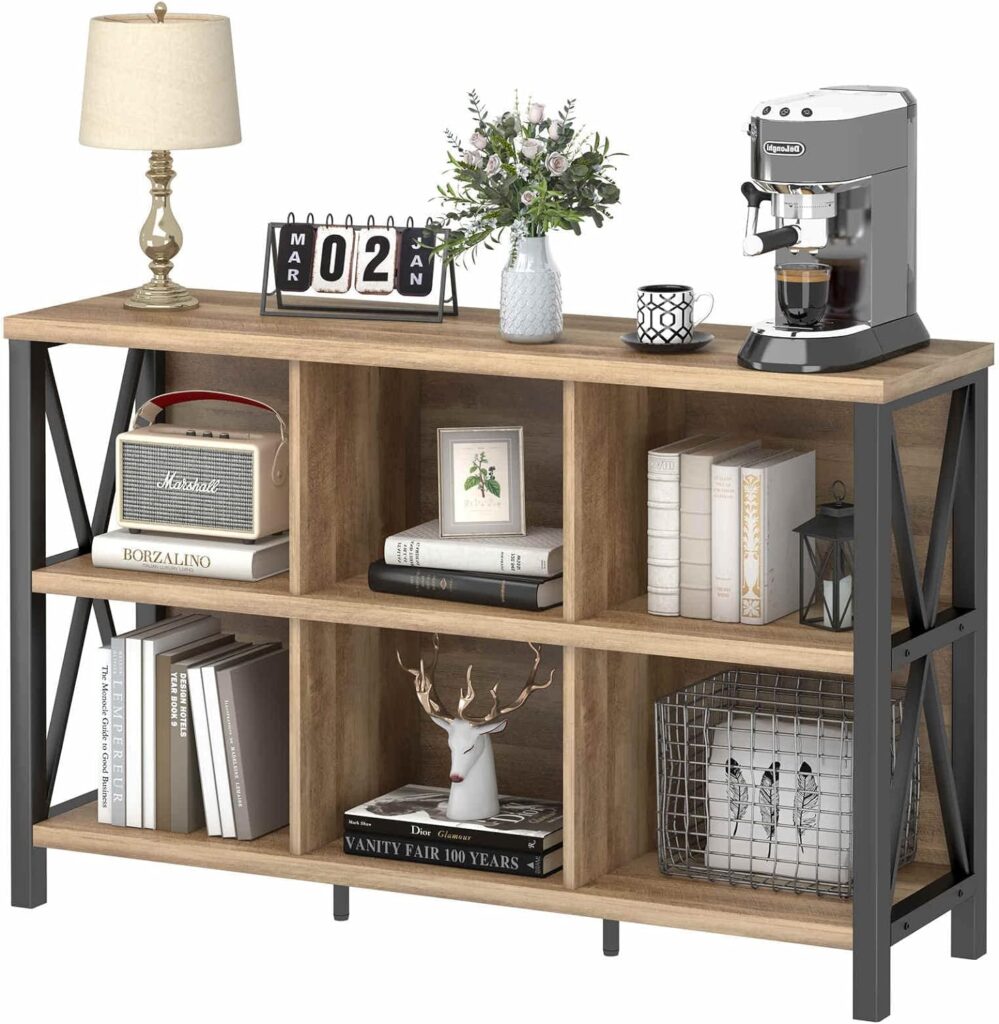
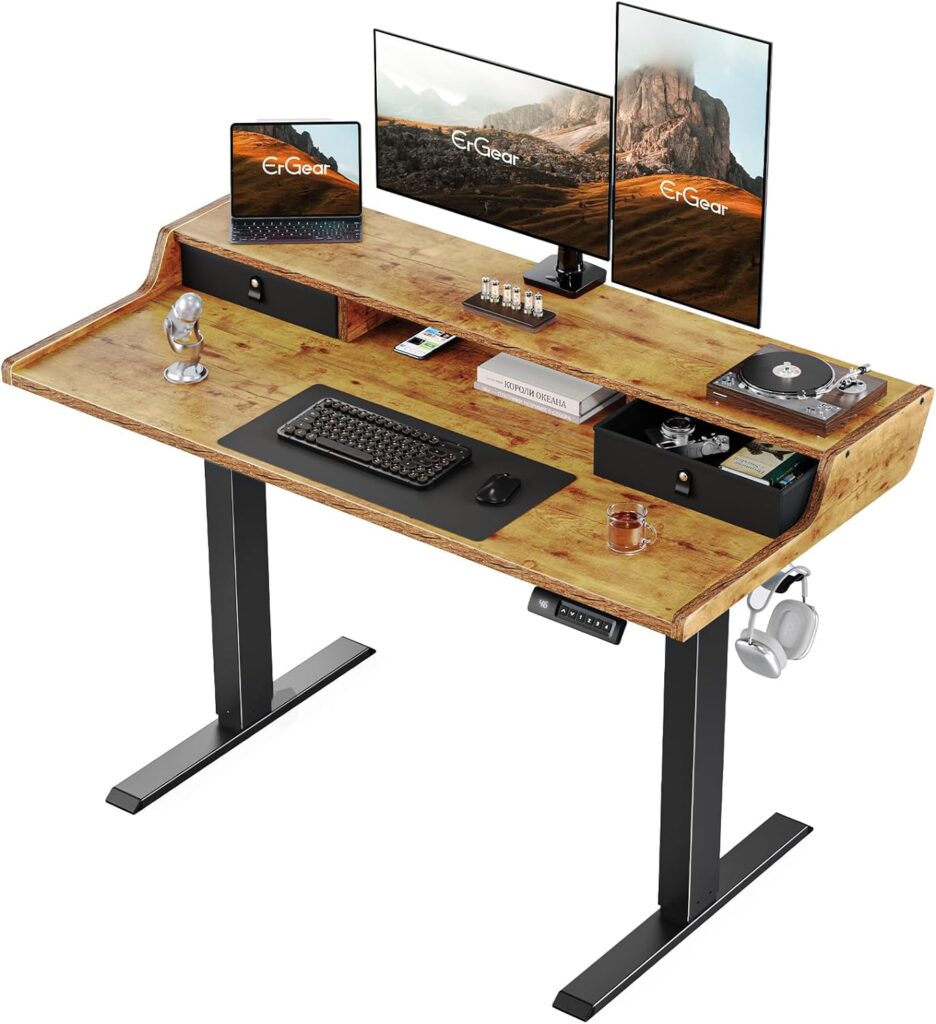
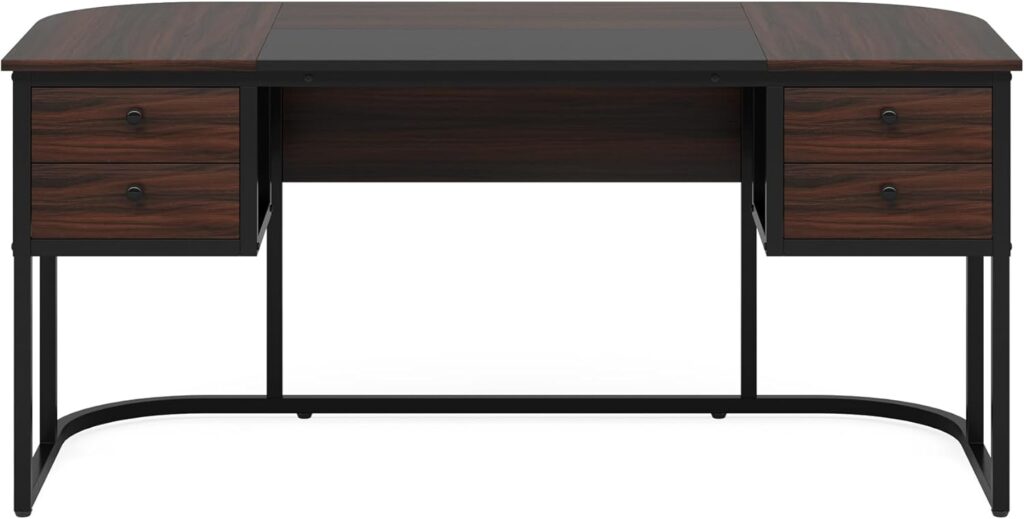
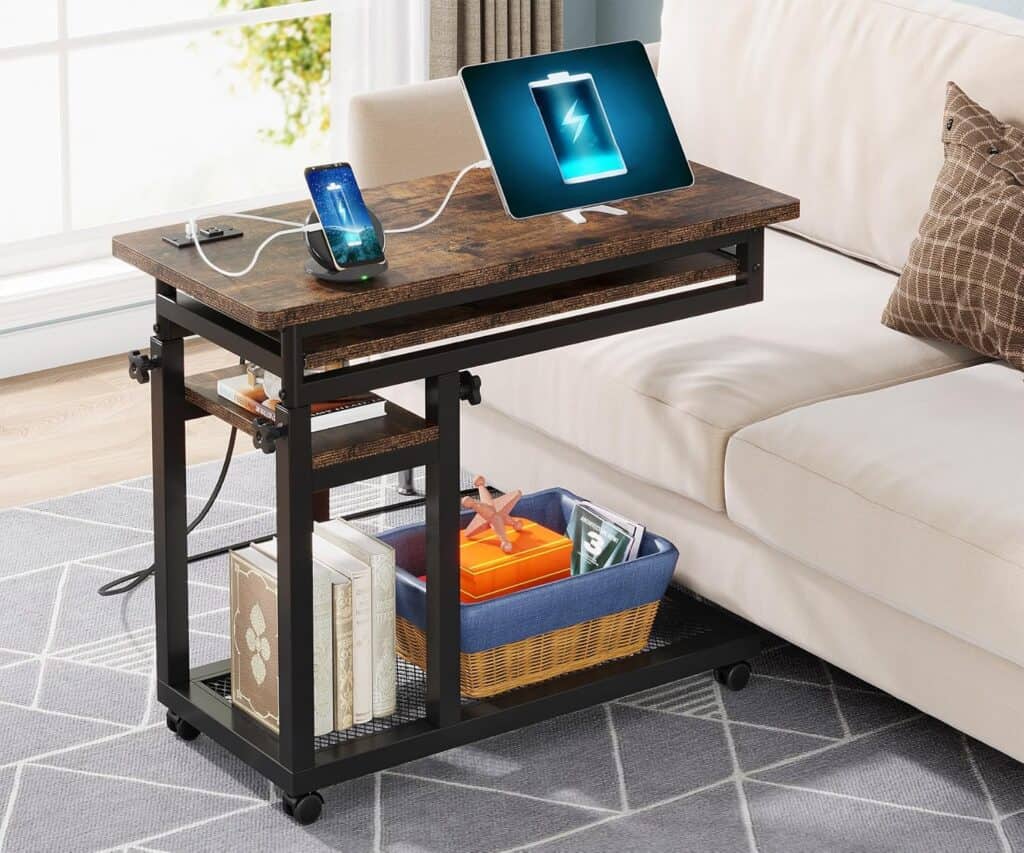
![Image of ErGear Standing Desk Frame [Dual Motor] from Essential Office Furniture](https://www.essentialofficefurniture.com/wp-content/uploads/2024/07/ergear-standing-desk-frame-dual-motor-essential-office-furniture-1016x1024.jpg)
